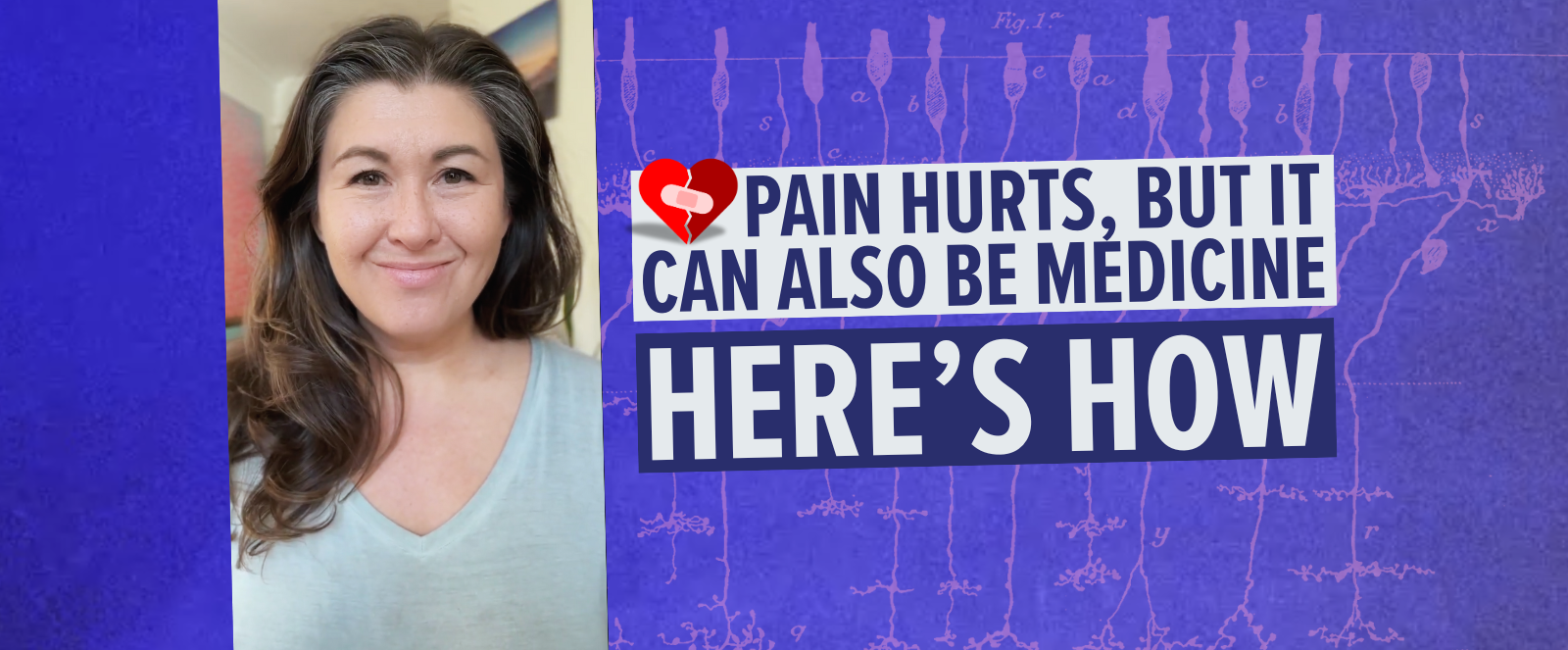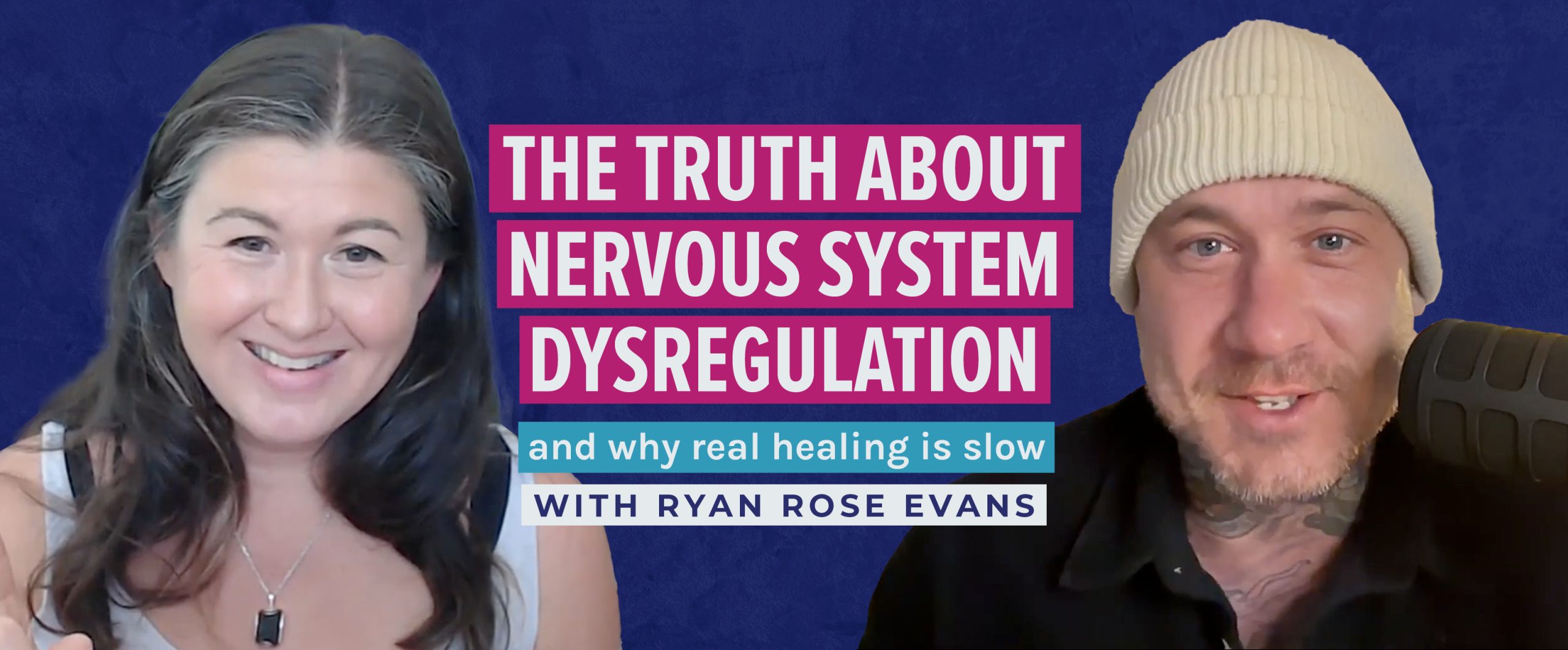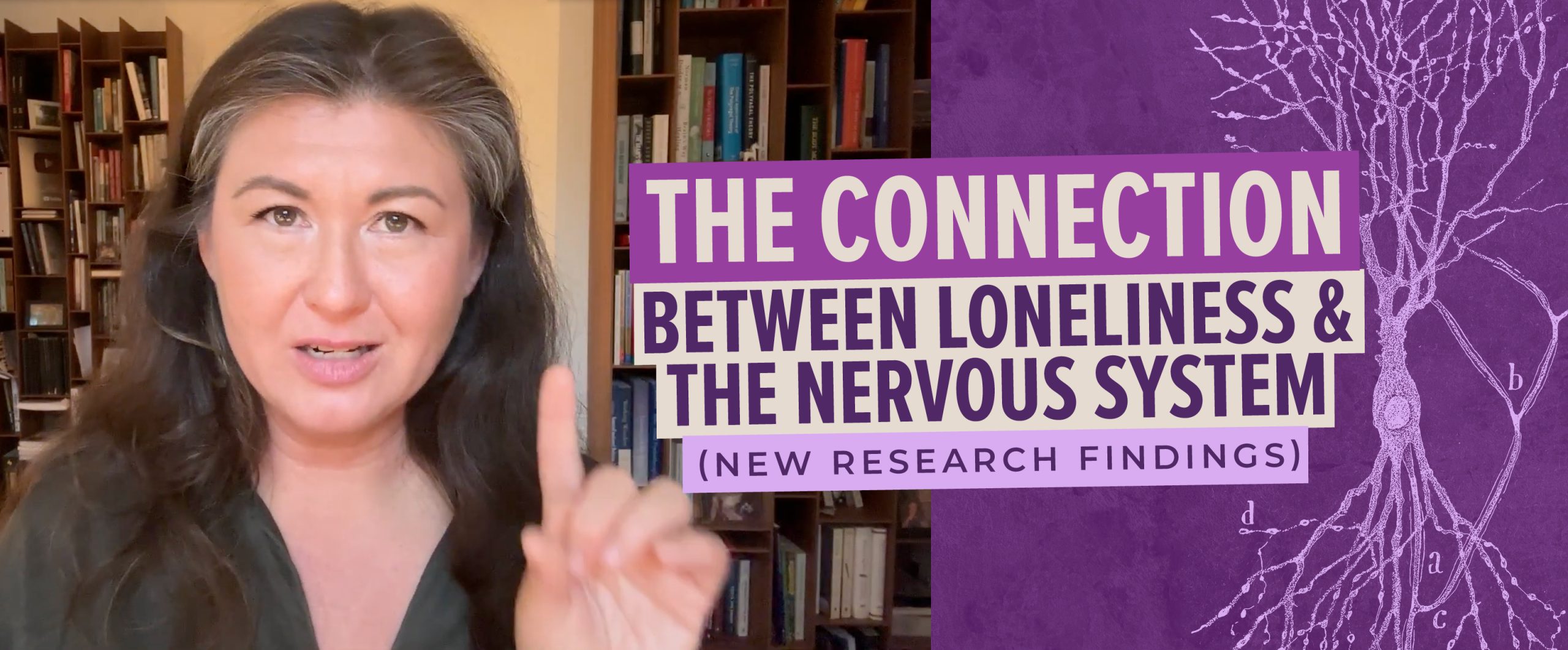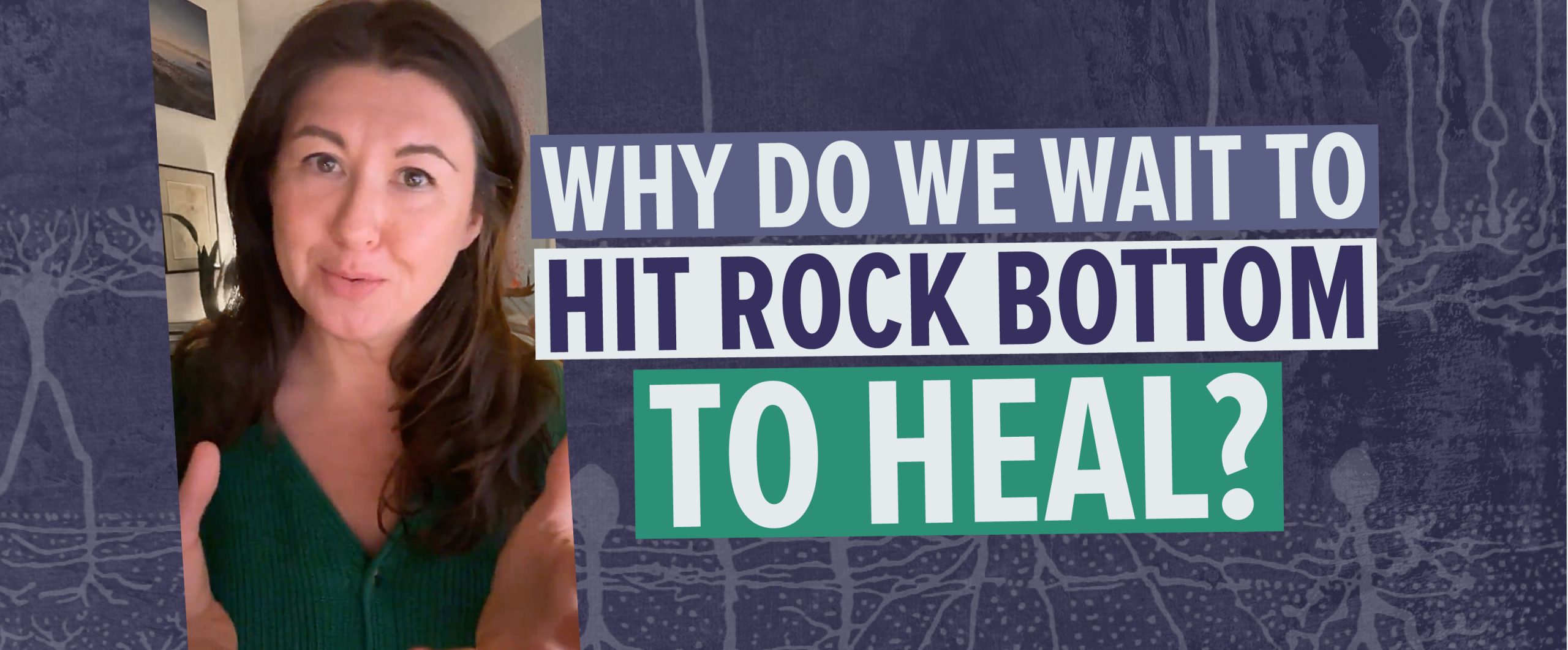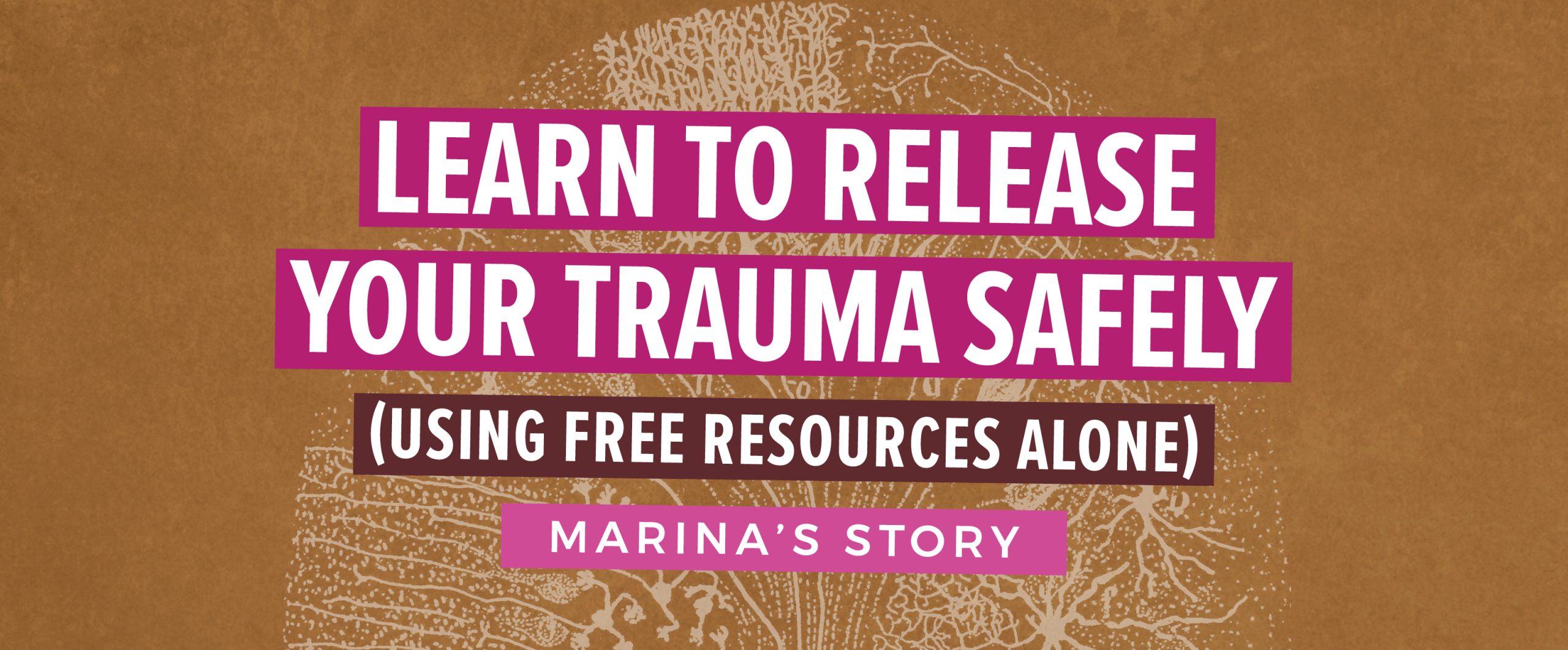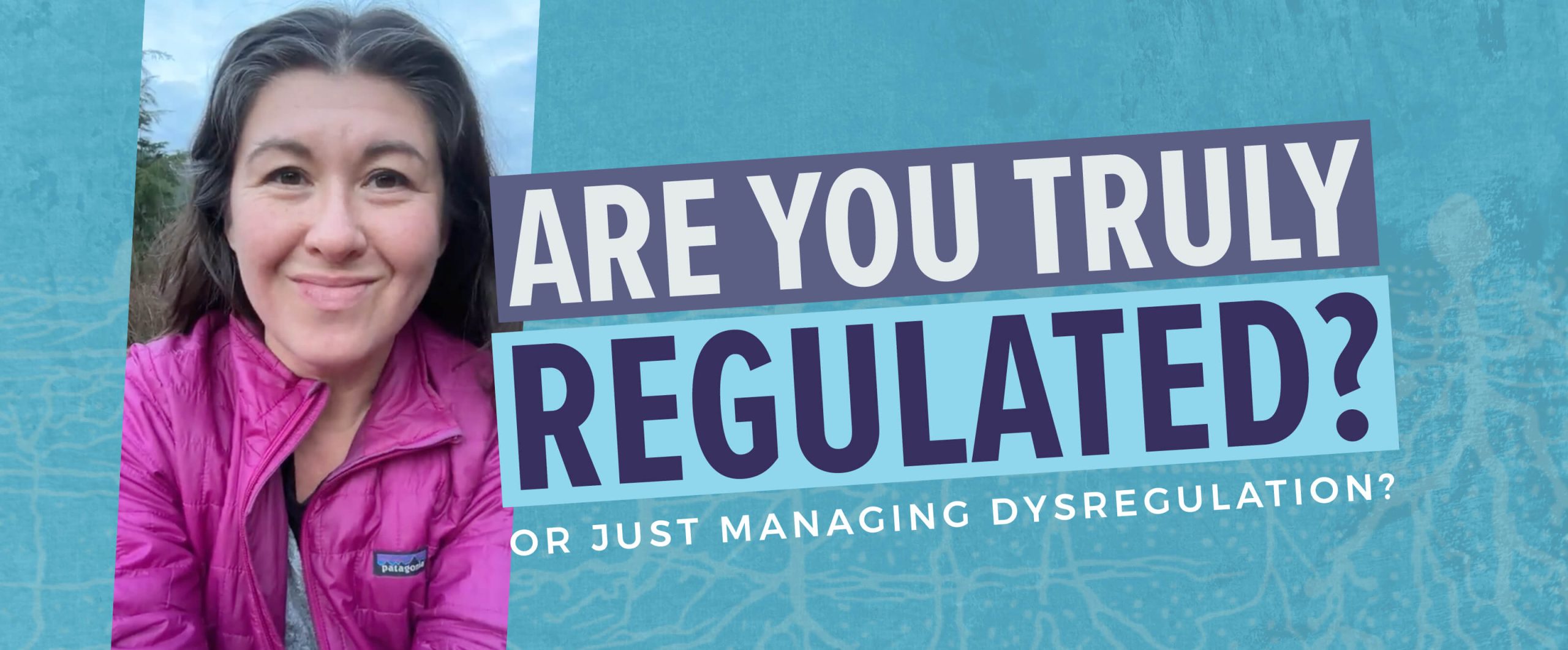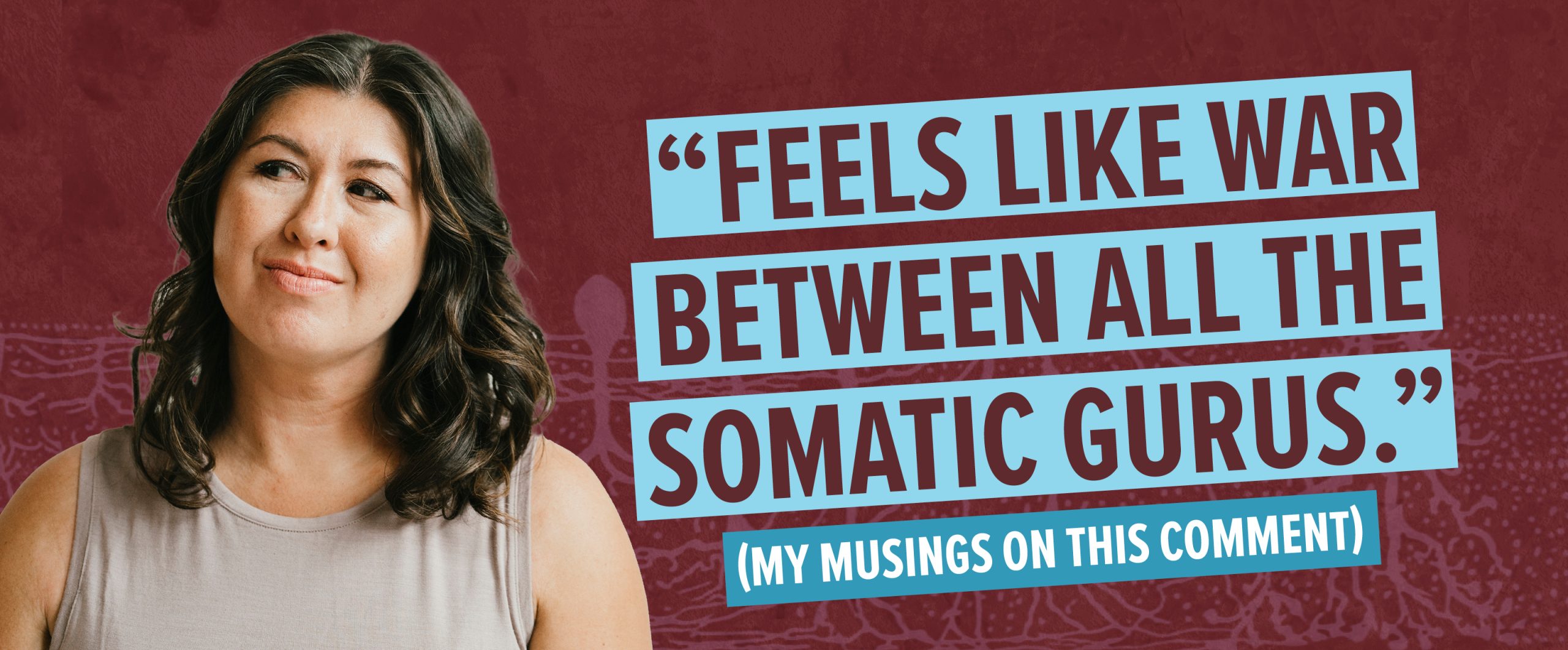In my last article I wrote about the strange effects of not properly recovering from an accident or injury and how sometimes the same injury can re-occur again (and again) if a few key pieces post-injury don’t play out.
//
Why animals in the wild don’t suffer “post-injury”
I remember watching an African wilderness show that was following a lion family and all the domestic happenings that wild cats encounter. At one point the mother of one of the cubs went missing. Days later the film crew spotted her protected in a cave-like area convalescing due to an injury of her paw.
In the wild, when injury occurs, chances of survival go down.
In this case, her ability to care for and fend off predators from her young would be compromised if she were to continue to limp next to her cat family in their dangerous environment. So, rather than hobble around with her family, make it worse, and complain about the reason she got hurt and how that stupid rock or branch got in her way, she took some time off, healed properly and then re-entered her job as protector and provider of her family.
.
Enter our world of recovery
I make the joke about the lioness complaining about her woes and injury because neither she, nor any other animal, would do such a thing. Injuries happen, you MUST deal with them, and then you either suffer and die, or you don’t. It is quite simple.
We take in this whole injury thing a little differently.
First of all, the severity of our injury will greatly influence how we react.
I must scale this down to the type of injury that doesn’t incapacitate us, but definitely alters our ability to function. Let’s say it is the type of injury or accident that is big enough to cause some added sweat, maybe a little heated emotion and maybe the need for a good cry.
So, let’s say you get something similar to the stubbed toe I mentioned in the last article.
Most of us might say “ouch” and go on.
Even an injury that is a little more serious such as a sprained ankle (pending the degree of sprain), or a fall off of our bike, and we can still limp away and go on with life. More often than not we actually do – we jump up quickly, worry if anyone saw our clumsiness and “try” to walk away like nothing ever happened.
Sound familiar?
In the last article I mentioned how important it is to honour the mounted stress response that occurs after an injury. I also stressed the importance of taking the time to let the stress from the accident properly release so that it doesn’t get trapped in your nervous system.
You see, it isn’t the stress per se that makes us sick, or creates post-traumatic disorders, or leaves us anxious and fearful of re-injuring ourselves, it is the failure to complete and de-activate our stressors.
Here are a few key things to do after you have an accident that is not severe or life-threatening, but nevertheless gets your heart rate going and your adrenaline pumping.
As I mentioned in the last article, these steps could very well prevent your next accident from happening and will ensure that your survival capacity and presence with the world stays relaxed, yet ready.
.
Enter Accident and Injury
STEP 1
The very first thing that should happen, but often doesn’t is the act of ORIENTING to our accident.
What this means is actually seeing with our own eyes what caused our accident: the curb we stumbled on, the door that slammed into our face, the tree root we tripped on etc.
Therefore, as the pain sets in, if you can muster it, see what caused you your injury….
STEP 2
At this exact same time, your body is mounting a stress response – your adrenaline is being pulsed through your blood, this is causing your heart rate to go up, your breathing rate increases, you feel hot and warm as your blood vessels dilate….
Your body is actually preparing to fight or flight.
You have all these hormones and a “readiness” that is raring to go – but there really isn’t anything to attack or flee from…..
At this moment….
Stop and notice this energy. Your elevated body responses. It might be in the form of heat, shaking, sweating, anger……
Sit down if you can so your body doesn’t have to keep you balanced on your feet.
STEP 3
Don’t try to breathe it out! Let your breath be elevated and let this natural survival response do its job. Let it takes its time to come down.
When the hormones naturally settle, chances are a big NATURAL SPONTANEOUS BREATH will emerge without force – this is the sign that the body is starting to self-regulate back to baseline.
At this point, take some more time, don’t worry where you need to be at this moment – if you are expected somewhere and you do have your phone, text the person and tell them you are going to be a little bit late – and then return to your body senses.
Once your breath re-regulates on its own, then you know you are doing a good job at restoring your body systems. Continue to pay attention to your sensations, what you feel, and any other bodily experiences that might be aroused.
STEP 4
As these experiences diminish, start to actually touch and squeeze body parts – maybe rub your hands together, see them with your eyes and do the same with your knees, your elbows, your thighs – the order isn’t important. What this does is return your body back to you. You are re-connecting and re-orienting to your system that just went on major alert mode.
STEP 5
Now look around.
Look again at the thing that caused you to fall. Notice if there is less energy directed towards it.
If there isn’t, then go back to STEP 2
If there is less, then start to see around you, see your environment – let your eyes focus on the world and slowly notice your head and neck moving.
Go back to noticing your breathing as you do this.
Take a few more moments and start to consider coming up to standing.
STEP 6
Once standing, return to attention back to your breathing, your feet on the ground and seeing around yourself.
Ensure you are safe to go on your way and then proceed with your day.
* * *
This step-by-step approach isn’t set in stone. Obviously every circumstance is going to be different, and a more serious and life-threatening injury might disallow such steps to take place at the accident scene.
Stay tuned for how to help resolved more serious accidents days, months and every years after the fact.
If you have a questions around a specific accident or past trauma that is plaguing you, definitely send me a message via my contact page and we can discuss what might be important for your current situation and history.
To be continued, Irene.

